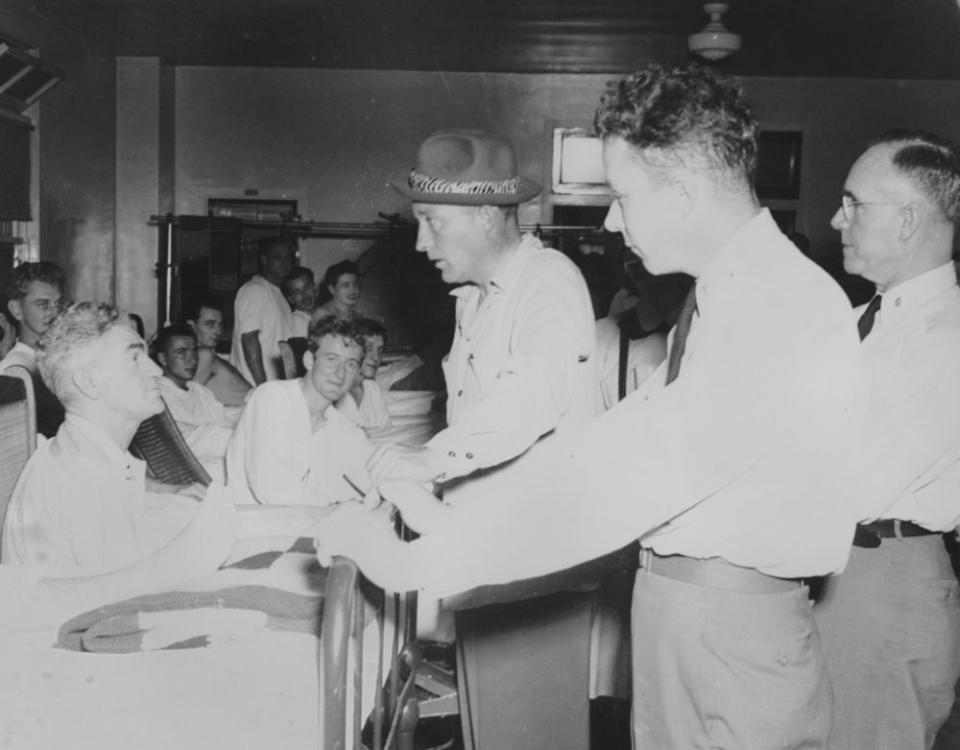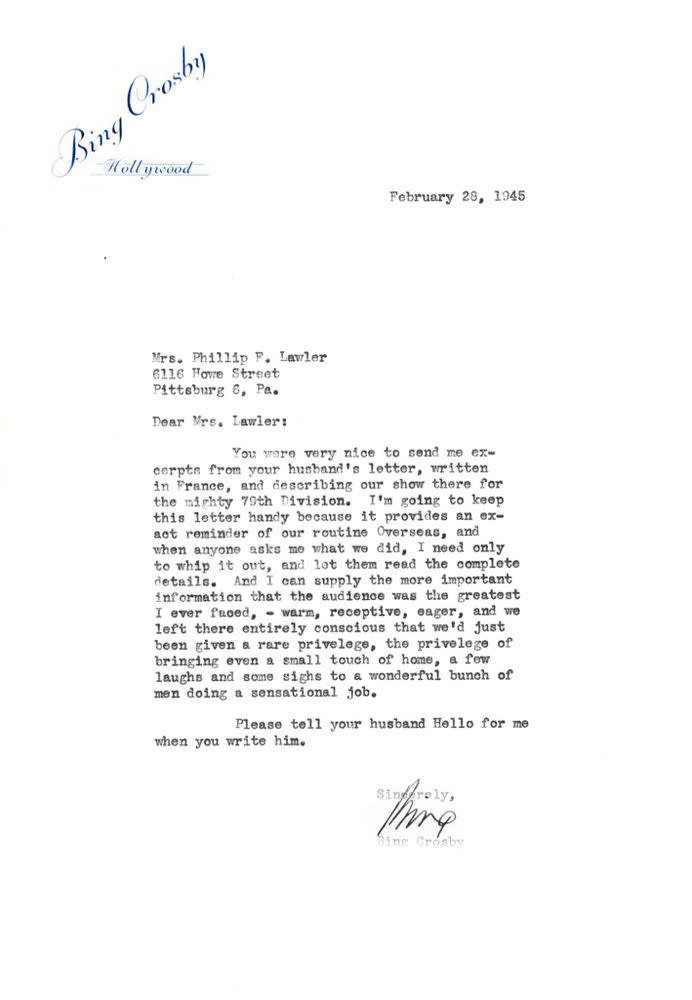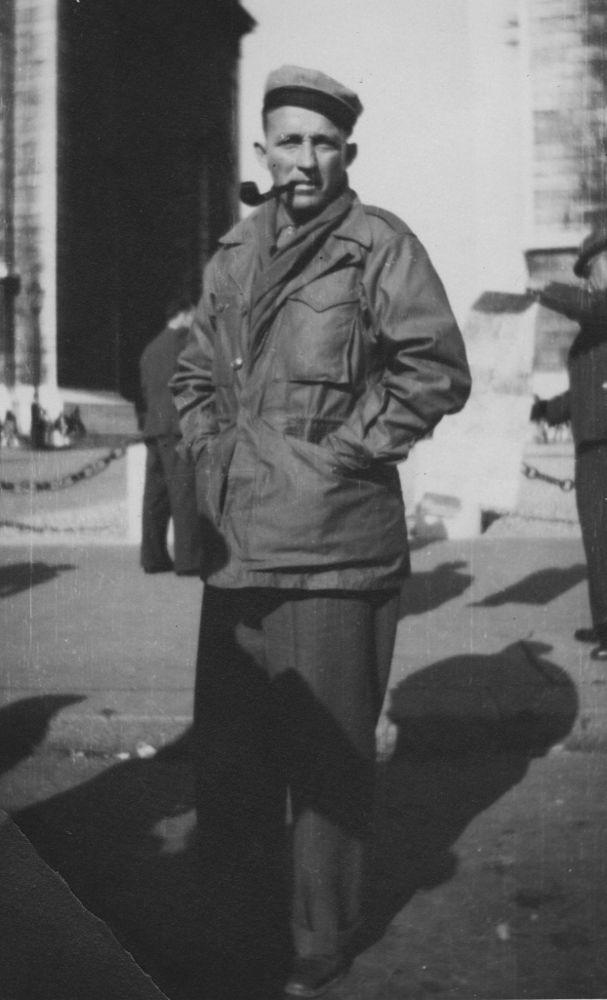Bing Crosby's 'White Christmas': The Poignant Story Behind the Enduring Holiday Classic
It was Christmas Day, 1941, and America was still reeling from the attack at Pearl Harbor less than three weeks earlier. The nation was now embroiled in a war that would ultimately kill or maim 670,000 of its citizens, and the holiday spirit was at a low. Then Bing Crosby, the debonaire vocalist and star of stage and screen, debuted a new Irving Berlin tune on his Kraft Music Hall radio program. He didn’t think it was particularly special at first, casually telling its composer, “I don’t think we have any problems with that one, Irving,” But Crosby’s listeners had other opinions. In the following days, the Armed Forces Network were deluged with requests for Crosby’s latest: “White Christmas.”
Recorded in one 18-minute session on May 29, 1942, the song was released at the end of July as part of the soundtrack for the musical film Holiday Inn, for which it won an Oscar. As the holiday season approached that year, “White Christmas” vaulted to the top of the Hit Parade, where it remained for weeks. Sales were so great that the original master for “White Christmas” was damaged due to the frequent pressings of new singles, requiring a soundalike re-recording with the original band and backing singers in 1947. (This is the version most often heard today.) The song went on to become the world’s best-selling single, with 50 million copies sold worldwide and more than 1.8 billion streams in the new millennium.
“White Christmas” is also the most recorded Christmas song of all time, and today PEOPLE is pleased to present one more — a hybrid of the old and new. A reimagined version of the holiday standard will be included on a new Bing Crosby holiday album, Bing at Christmas, which pairs his original vocals with new orchestral arrangements recorded by the London Philharmonic Orchestra. Produced by Nick Patrick, the mind behind similar orchestral albums featuring the vocals of Elvis Presley, Roy Orbison, and Buddy Holly, the new collection was also overseen by Crosby’s widow, Kathryn and their children, Harry, Mary, and Nathaniel Crosby.
RELATED: Why Bing Crosby’s ‘White Christmas’ Is the Best Holiday Song Ever
The song’s status as an instant classic was clear soon after its unveiling on the Kraft Music Hall 78 years ago. The potent mix of wistful nostalgia, unvarnished sentimentality and daydreamy optimism articulated the hopes and anxieties of war-weary soldiers and citizens alike. Crosby himself was extremely active in the war effort, logging more than 70 broadcasts on the Armed Forces Network and raising millions of dollars for the USO, the Red Cross and other charities. He also traveled extensively throughout the Eastern Theater to perform for the deployed troops, visiting their bases, canteens and hospitals.



Over the course of his 25 weeks of military tours, he established a personal connection with many soldiers, corresponding with them and their families throughout the war. In one letter to a Pennsylvania war bride, he describes his U.S.O. appearances as “a rare privilege, the privilege of bringing even a small touch of home, a few laughs, and some sighs to a wonderful bunch of men doing a sensational job.”

One memorable performance occurred in December 1944 near the front lines of Northern France. On the eve of the brutal and costly offensive known as the Battle of the Bulge, Crosby fought back tears as he sang “White Christmas” for 100,000 soldiers, many of whom would lose their lives just days later. He would eventually cite the show as the most difficult moment of his entertainment career.

Following the end of the war, the U.S. troops were polled about who had done the most to raise G.I. morale. Names like President Franklin Delano Roosevelt, General Dwight D. Eisenhower and Bob Hope were mentioned, but Bing Crosby topped the list.
Bing at Christmas is out now.

